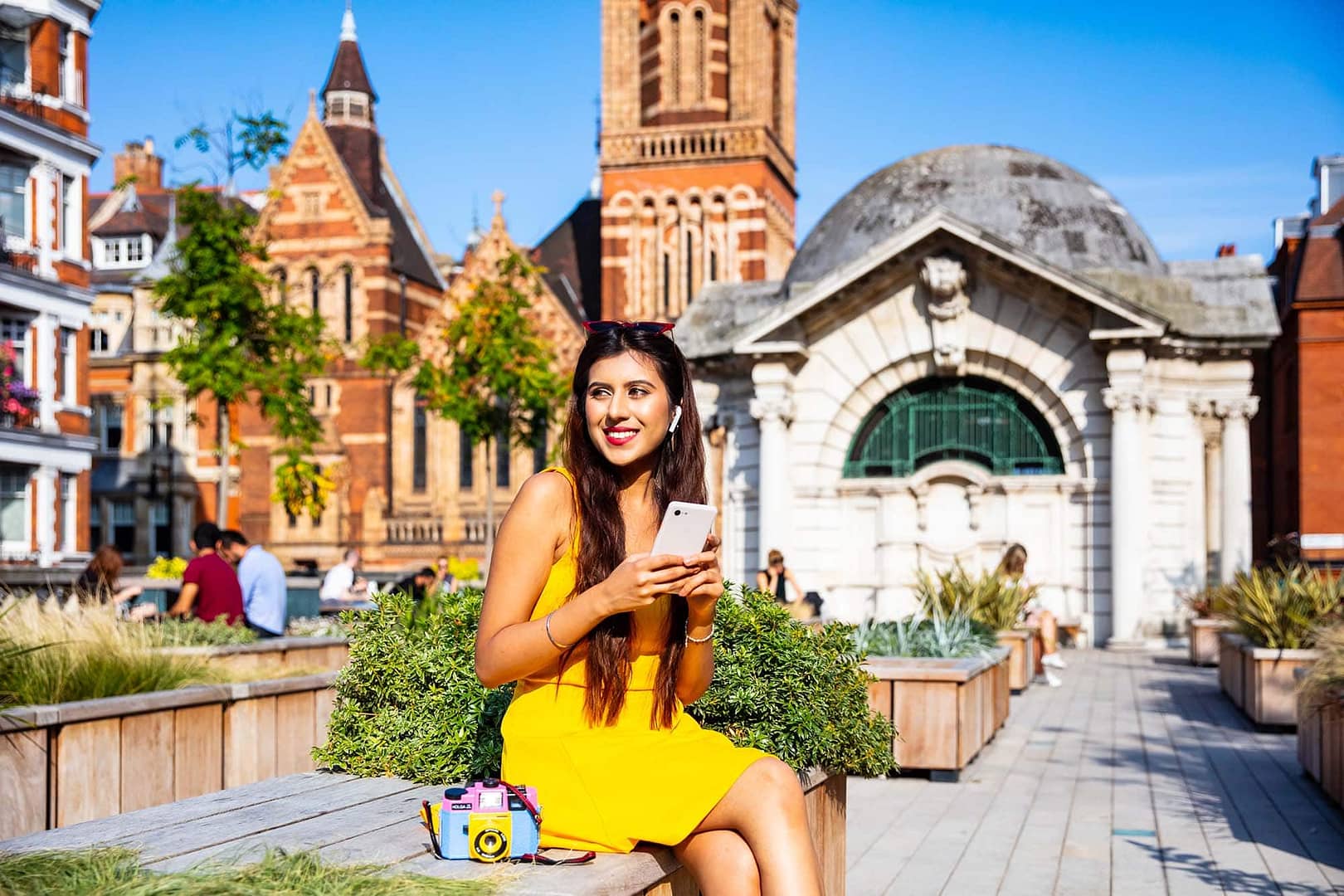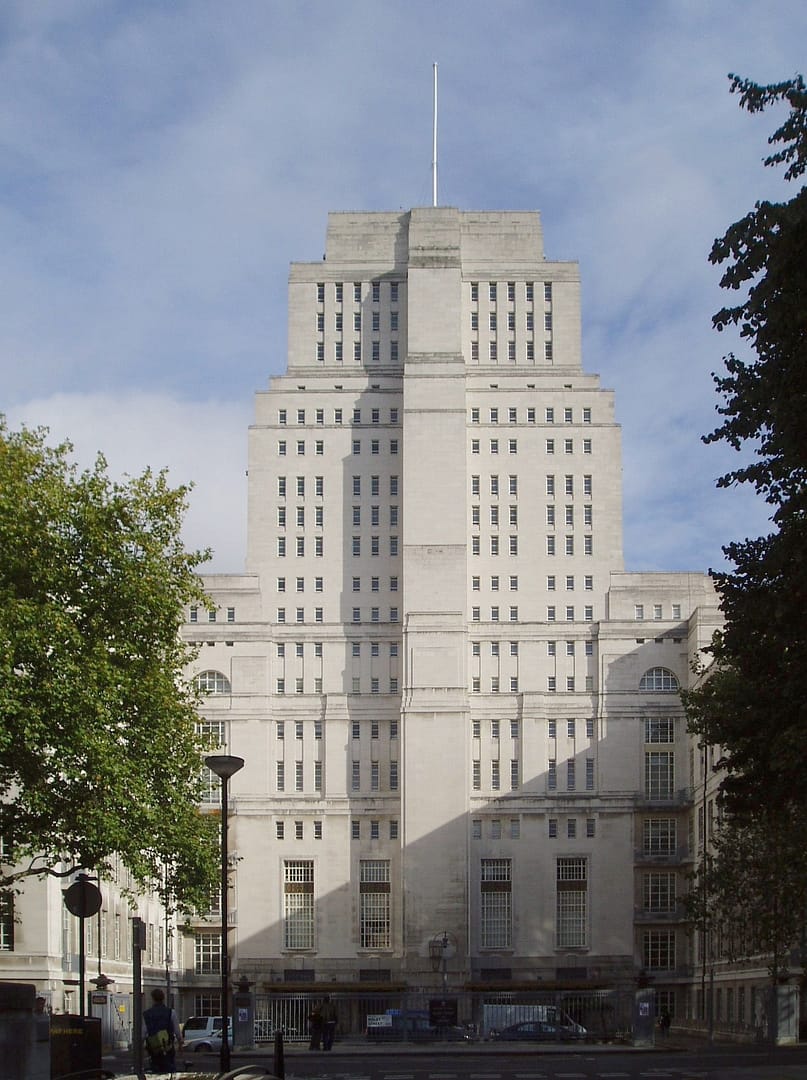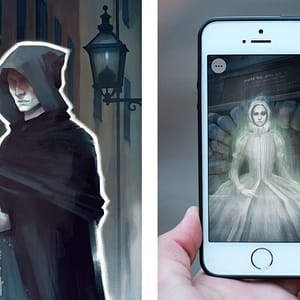There are so many stories to be found in London, and as many locations in the city where you can step into a story. We have compiled a list of ten iconic literary locations where you can go to take in the same surroundings as some of your fictional favorites!
StoryTourist gives you the opportunity of stepping into a story and experiencing it on location. With the StoryTourist app, we make it possible for you to see, smell and hear the same things as your favorite characters. You can browse all of our StoryTours here if you are curious.
Now, let’s check out the list of locations we think every book lover should visit while in London!
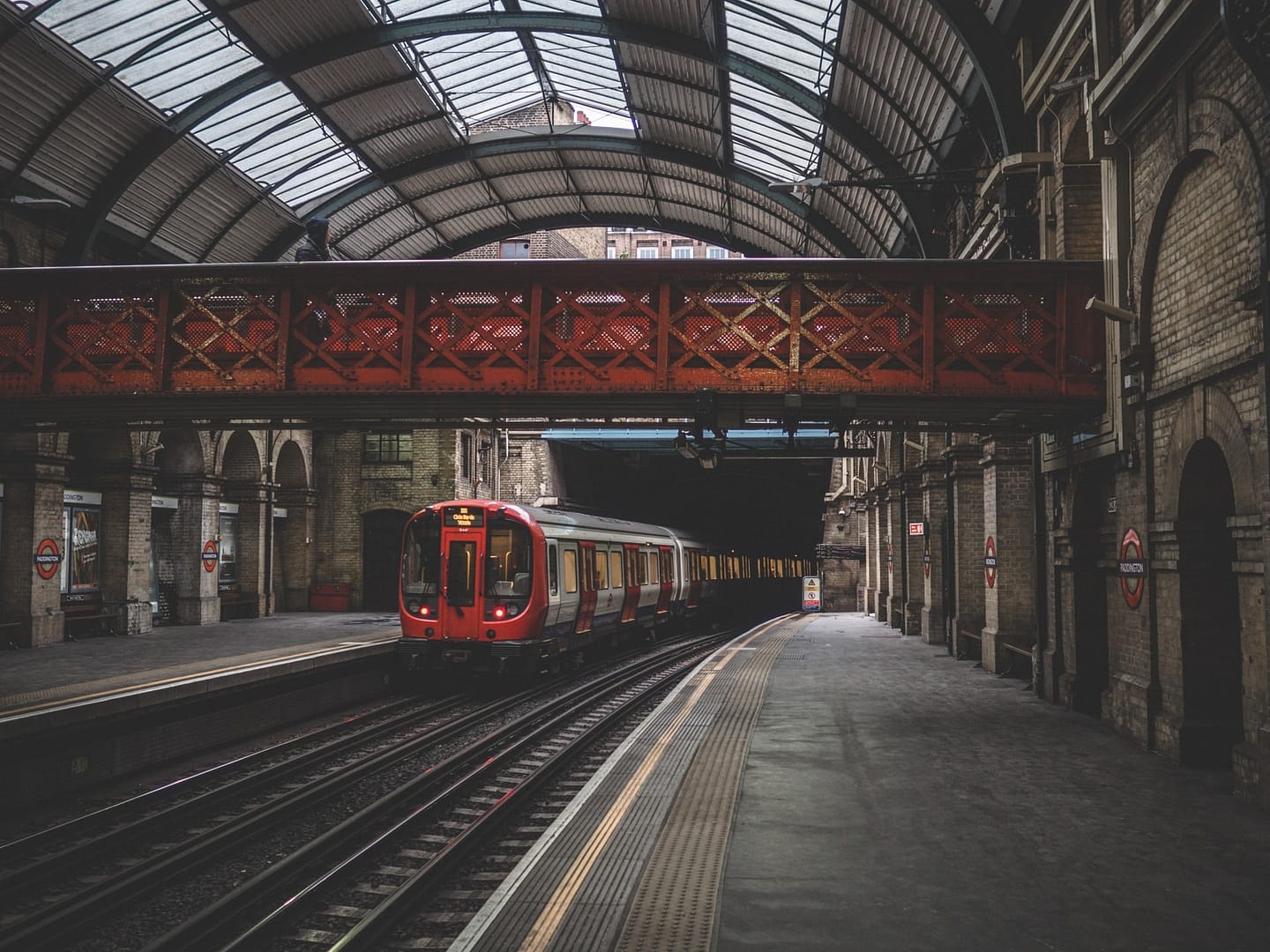
Paddington Station – A Bear Called Paddington
Let’s start at one of London’s most busy travel hubs. Paddington Station is a train and tube station which dates back to the mid-1850’s.
Author Michael Bond noticed a lone toy bear sitting on a shelf in a store close to the station when he was walking home on Christmas Eve in 1956. He bought the bear as a Christmas present for his wife and was inspired to write the first story about the beloved toy bear Paddington Brown in just ten days.
In the story, the Brown family finds Paddington at the train station. He is sitting on his suitcase with a note attached to him that reads “Please look after this bear. Thank you”. The reader is informed that he had been sent to London from Peru by his aunt Lucy who had gone to stay at the Home for Retired Bears in Lima.
Michael Brown later stated that his memories of newsreels showing trainloads of child evacuees leaving London during World War II, with labels around their necks and their possessions in small suitcases, prompted him to do the same for Paddington.
Today, there are more than 30 books about Paddington. In addition, several movies and TV adaptations have been made. If you visit Paddington station, you can find a statue of Paddington sitting on top of his suitcase next to the escalators.
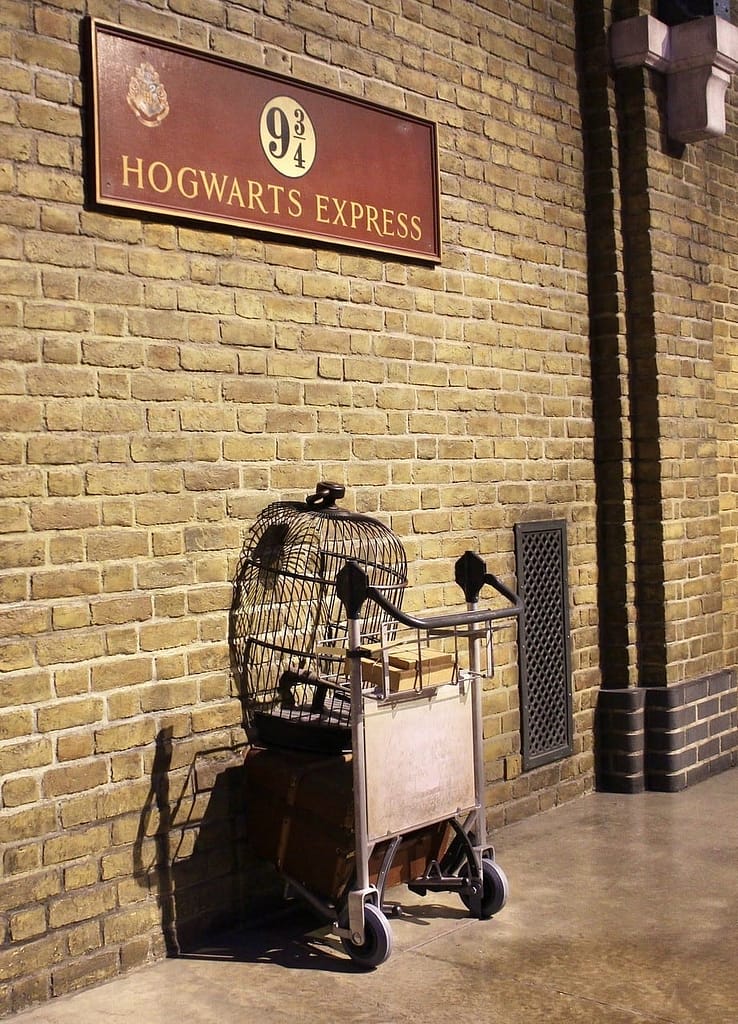
Kings Cross Station – Harry Potter series
Let’s stick to the train station theme for this one as well! This just might be the one literary location in London that is the most well-known to the public.
You can find Kings Cross station in several of the Harry Potter books, as this is where the Hogwarts students board the train to the School of Witchcraft and Wizardry.
Although platform 9 ¾, where Harry and his friends catch the train, doesn’t exist in real life, you can still find a luggage trolley imbedded in the wall in the station concourse. The line to take a picture with the trolley can get quite long during weekends and holidays, so make sure to get there early!
Ye Olde Cheshire Cheese – The Million Dollar Bond Robbery, The Dynamiter, A Tale of Two Cities
When you go on our Dr Jekyll and Mr Hyde StoryTour, you’ll walk by this hidden gem of a pub. This pub has been at London’s 145 Fleet Street for over 300 years, with such regulars as Charles Dickens, Mark Twain, and Sir Arthur Conan Doyle. It is not surprising then that it has been both alluded to and downright mentioned in several classic stories. In Agatha Christie’s The Million Dollar Bond Robbery, detective Hercule Poirot dines with a new client at the Cheshire Cheese. Robert Louis Stevenson mentions the Cheese in The Dynamiter (1885); ‘a select society at the Cheshire Cheese engaged my evenings.’
Even though there are even older pubs in the same area, Ye Olde Cheshire Cheese is still one of the more mythical ones, in part due to the complete lack of natural light inside. The vaulted cellars are thought to belong to a 13th-century Carmelite monastery which once occupied the site.
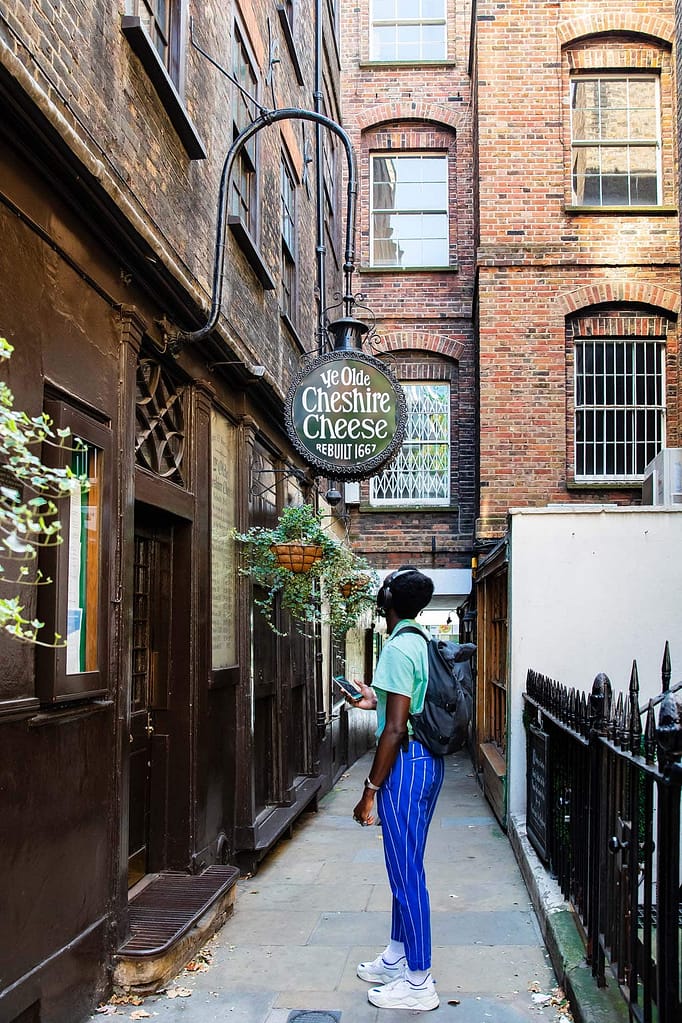
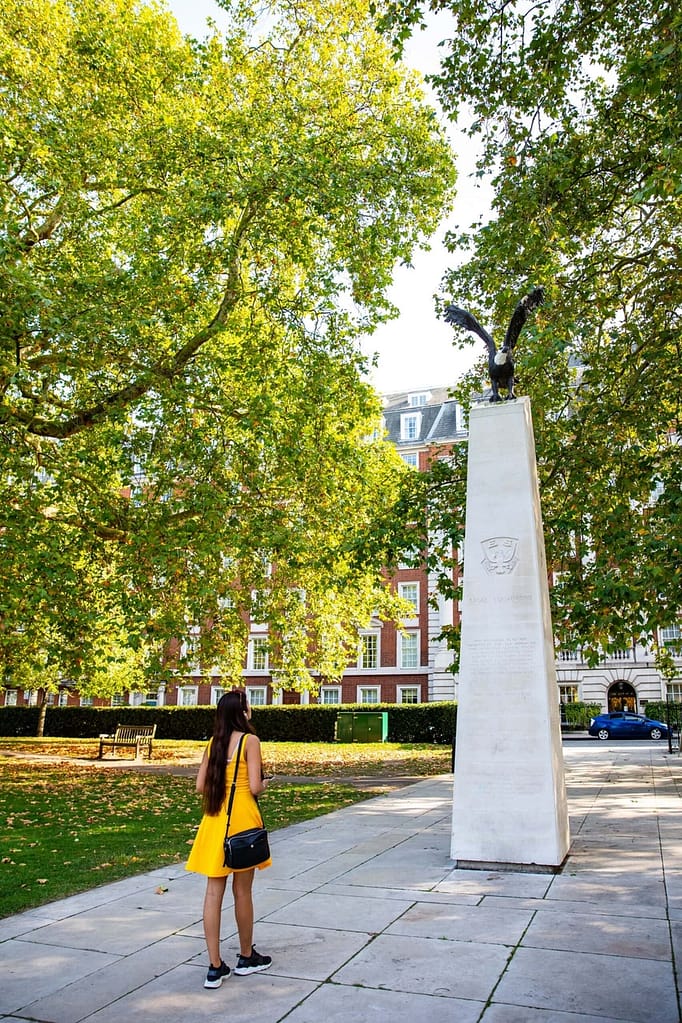
Grosvenor Square – The Bridgerton Series, The Picture of Dorian Gray
Were you one of many who binged the Netflix show Bridgerton last Christmas? The TV show is an adaptation of the eight Bridgerton novels written by Julia Quinn, and large parts of the plot takes place at the family home in Grosvenor Square in Mayfair. The novels portray life, intrigues and traditions among the rich and powerful in London during the early 1800’s. But, it’s not only the Bridgertons that make Grosvenor Square an interesting place to visit. Writer Oscar Wilde lived here between 1883-84 and references to the square appear in four of his works. Dorian Gray, the protagonist in The Picture of Dorian Gray lives in or close to Grosvenor Square. The square has also been referenced by Jane Austen, Grateful Dead, Charles Dickens and Alfred Sutro in their novels, music and plays. Grosvenor Square was developed between 1725-1731 and became one of the three or four most fashionable residential addresses in London, with numerous leading members of the aristocracy in residence.
Today, most of the buildings surrounding the square are not the original buildings from when the area was first developed. Many of the houses were rebuilt later in the 18th or 19th century, generally adding an extra story when this happened. Nearly all of the older houses were demolished during the 20th century and replaced with blocks of flats in a neo-Georgian style, hotels and embassies.
If you go on our Sherlock Holmes StoryTour you will start your walk close-by in Hyde Park and then make your way to Grosvenor square, where Dr Watson has hidden a tricky puzzle for you to solve. To find out more about this walking tour, check it out here:
Talbot Yard – The Canterbury Tales
Talbot Yard is an unremarkable alley that runs along the back of Guy’s Hospital close to the London Bridge. But, this place has some remarkable history! The Tabard was an inn which was built for the Abbot of Hyde in 1307 at this very location. The inn was placed at an intersection of the ancient road to Canterbury and Dove and was popular among the pilgrims who traveled to the Shrine of Thomas Becket in Canterbury Cathedral. The Tabard Inn is mentioned in Geoffrey Chaucer’s The Canterbury Tales, which were written between 1387-1400. In those times, the area where the inn was located had become medieval London’s entertainment district, and the inn was probably frequented by a mix of pilgrims, criminals, drunks, sex workers, and travelers.
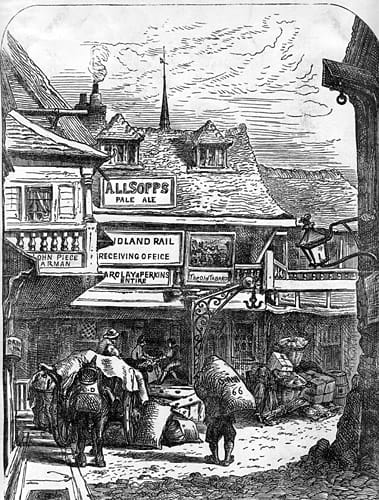
Chaucer wrote that the Tabard was the first place where the pilgrims of his story gathered on their journey. In 1676, the inn was destroyed in a fire, but was immediately rebuilt and renamed The Talbot. It remained an inn and later a coaching inn, until the railways took over traffic and the inn closed in the mid 1800’s. The building was finally demolished in 1873.
Today you can find a blue plaque on the wall of a yellow brick building in the alley, which commemorates both The Tabard and Geoffrey Chaucer.
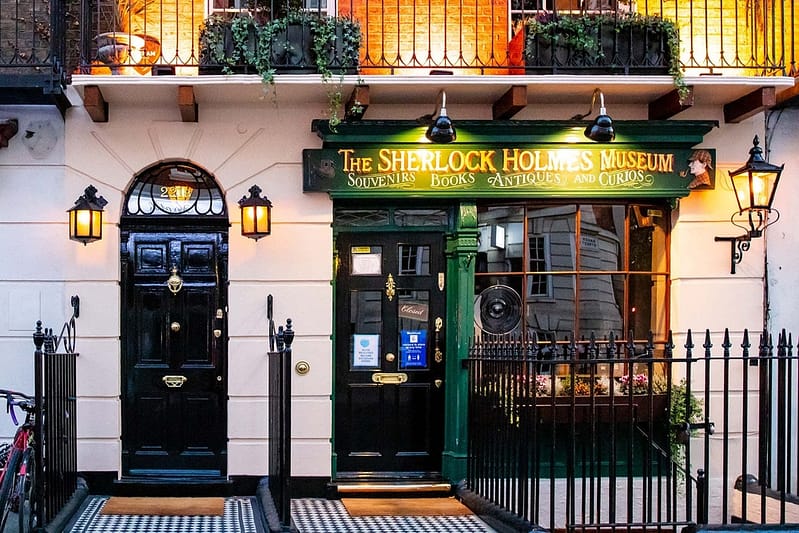
221B Baker street – Sherlock Holmes
Well, we take it all back – THIS place is probably the most well-known literary location in all of London! Baker Street is the iconic home address of detective Sherlock Holmes and his trusted friend and assistant Dr John Watson. The peculiar thing about 221B Baker Street is that it isn’t a real address. There was no 221B Baker Street when Sir Arthur Conan Doyle wrote about Sherlock Holmes. The numbering of Baker Street only ran up to 85 at the time. It is believed that Doyle assigned a higher number to the address to make sure he wasn’t using someone’s actual address. The Sherlock Holmes Museum has a blue plaque on its façade stating that its’ address is 221B Baker Street, but that is incorrect as well. The museum’s address is between 237 and 241 Baker Street.
If you go on our Sherlock Holmes StoryTour, Baker Street will be the final stop of the tour. This is where the culprit of The Case of the Blue Carbuncle will explain their reasons to steal the famous blue jewel. Once you have finished the tour, we highly recommend a visit to the museum located in the building!
Regent’s Park – Mrs Dalloway, About a Boy.
Right next to Baker Street you’ll find the beautiful Regent’s Park. This is an excellent location for a Sunday walk. However, you can also take in the same surroundings as a couple of your favorite literary characters while you are there. In fact, Regent’s Park is the one location mentioned the greatest number of times in Virginia Woolf’s 1925 novel Mrs Dalloway. In the novel, characters Rezia and Septimus as well as Peter, spend much of their time at the park during the summer day when the plot takes place.
A more modern novel that also has key scenes which take place in Regent’s Park is Nick Hornby’s About a Boy. The eternal playboy bachelor Will has befriended a woman named Suzie and goes on a picnic in the park with her and her awkward tween son Marcus. The picnic date doesn’t really go well, and it escalates to even worse after Will and Marcus attempt to feed a duck in the pond and Marcus accidentally kills the duck by throwing a giant piece of stale bread on its head.
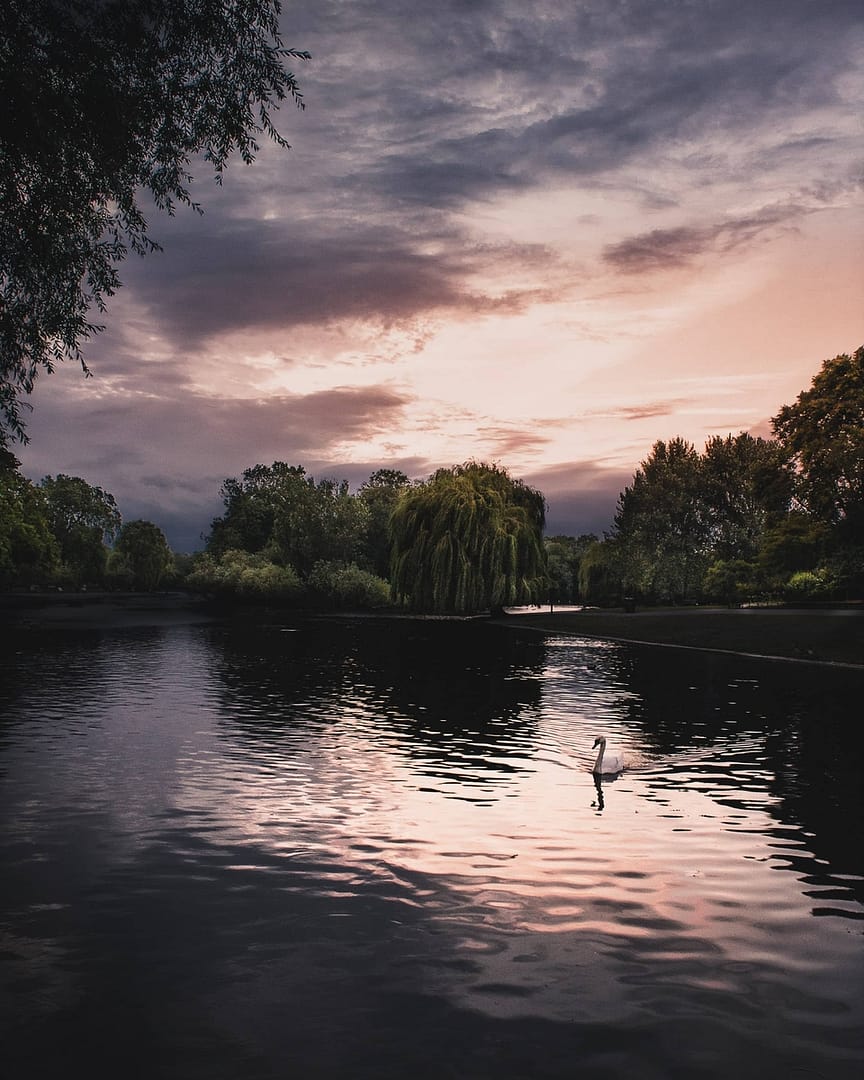

31 Kensington Park Gardens – Peter Pan.
Let’s stick to the park theme! Most of us probably grew up either reading about Peter Pan or watching the Disney movie about the boy who could fly and never wanted to grow up. Author J. M. Barrie first wrote the story of Peter Pan as a part of the novel The Little White Bird. He later adapted the story into a play and more stories about Peter.
The house at 31 Kensington Park Gardens is not only the Darling’s house in the story, but in real life. J. M. Barrie based the characters of Peter Pan on the five sons (George, John, Michael, Peter and Nicholas) of the Llewelyn Davies family, who lived there from 1897 until 1904. The boys first met Barrie while he was walking his Saint Bernard dog (also a character in Peter Pan) in Kensington Gardens. There is also a Peter Pan statue located in the park in case you would like to snap a picture.
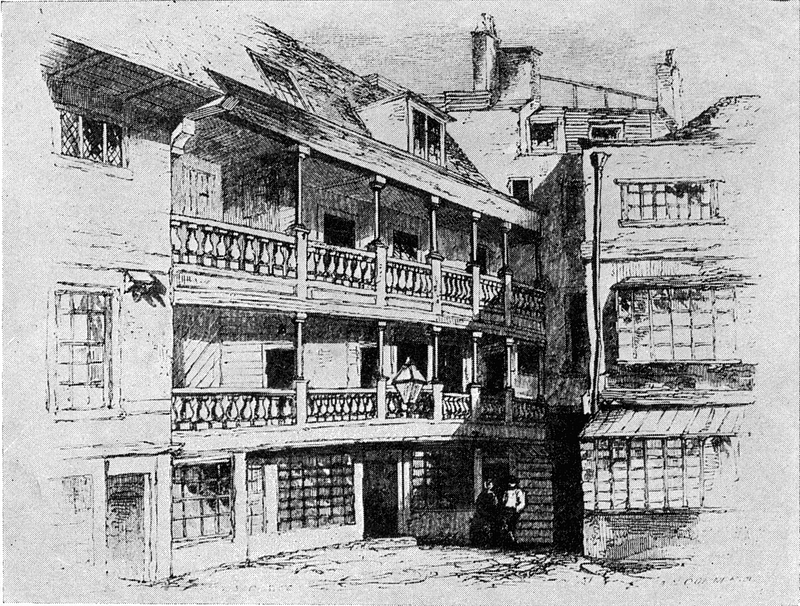
The George Inn – Little Dorrit, Our Mutual Friend
The George Inn, or just The George, is a pub you can visit just south of the London Bridge. As with the Tabard Inn, this place can be traced all the way back to medieval times. It was formerly known as the George and Dragon, named after the legend of Saint George and the Dragon. Sadly, it was destroyed in the same fire as the Tabard in 1676. It was rebuilt the next year, and is as it stands today the only surviving galleried London coaching inn.
The ground floor of The George is divided into several connected bars. The Parliament Bar used to be a waiting room for passengers on coaches. The Middle Bar was the Coffee Room, which was frequented by Charles Dickens. Dickens mentions The George Inn in both his novels Little Dorritt and Our Mutual Friend.
The Senate House Library – 1984
The plot of George Orwell’s dystopian novel Nineteen Eighty-Four takes place in London, although Britain is called Airstrip One and is part of super-country Oceania. Orwell drew inspiration from existing buildings when describing locations in the novel. One example is the book’s fictional Ministry of Truth building, where protagonist Winston Smith works by rewriting historic events to fit in with the propaganda spread by the ruling forces.
If you want to visit the building which Orwell modelled the Ministry of Truth after, go to the Senate House Library, which is located next to the British Museum. George Orwell actually had personal ties to this specific building, as his first wife Eileen worked at the Censorship Department of the Ministry of Information, which was located there during the Second World War. Ironically, it is said that Orwell based Julia, the heroine of the story, on his second wife Sonia whom he married after Eileen’s death.

The SIS Building or MI6 Building – Killing Eve series, James Bond, Tinker Tailor Soldier Spy etc
Do you love British spy novels? As do we, there are so many great ones! If you have read any of the novels written by Luke Jennings, Ian Fleming or John le Carré (or David John Moore Cornwell as he is actually called) you are very familiar with the British foreign intelligence service MI6 (Military Intelligence, section 6, also known as SIS – Secret Intelligence Service). There are countless novels where you can follow British spies doing undercover work around the globe, only to return back to MI6 headquarters in London for debriefs and to report back to their superiors.
While we don’t recommend that you go to the SIS building and knock on the door asking for a tour around the premises, you CAN admire the imposing building from a distance, across the River Thames next to the Vauxhall Bridge. On Google maps it is currently marked as the “Fortress-like headquarters for UK spies”.
We hope that this article has given you some ideas for your literary locations bucket list! And remember, you can always check out our collections of StoryTours for more ideas on stories to step into.


